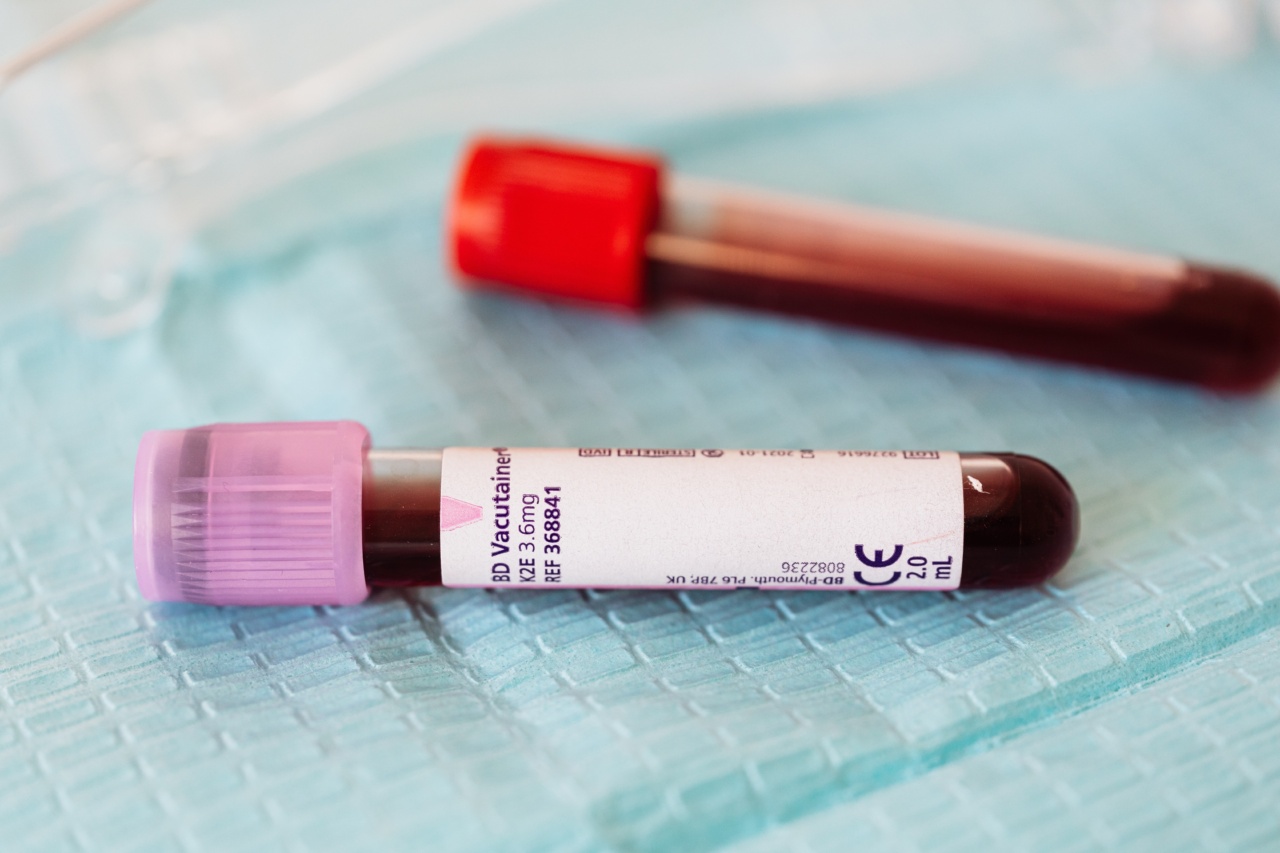Parkinson’s disease is a neurodegenerative disorder that affects over 10 million people worldwide.
It is characterized by the progressive loss of motor function, leading to symptoms such as tremors, rigidity, and difficulty with movement and balance. Currently, diagnosing Parkinson’s disease involves a combination of clinical evaluations and expensive imaging tests, making it a challenging and time-consuming process.
The Importance of Early Detection
Early detection of Parkinson’s disease is crucial for better management of symptoms and improvement in the quality of life of patients. However, the lack of a definitive diagnostic test has been a major hurdle in achieving this goal.
Researchers and scientists have been tirelessly working towards finding a reliable and accessible method for detecting Parkinson’s disease at an early stage.
Revolutionary Breakthrough
A recent breakthrough in the field of Parkinson’s disease research has brought hope to millions of patients and their families.
Scientists have developed a groundbreaking blood test that could revolutionize the way Parkinson’s disease is diagnosed.
How Does the Blood Test Work?
The blood test works by identifying specific biomarkers associated with Parkinson’s disease. Biomarkers are measurable indicators of a biological process or condition.
In the case of Parkinson’s disease, researchers have discovered certain proteins and other molecules that are present in the blood of affected individuals.
Using advanced techniques such as proteomics and genomics, scientists have identified these biomarkers and developed a highly sensitive blood test that can detect their presence in a patient’s blood sample.
The test analyzes the levels of these biomarkers and compares them to established thresholds to determine the likelihood of a Parkinson’s disease diagnosis.
The Advantages of a Blood Test
The development of a blood test for Parkinson’s disease offers several significant advantages over current diagnostic methods:.
1. Non-Invasive
Unlike imaging tests, which often require invasive procedures and exposure to radiation, a blood test is non-invasive. It involves a simple blood draw, making it a safer and more comfortable option for patients.
2. Cost-Effective
The availability of a blood test means that the diagnosis of Parkinson’s disease can be made without the need for expensive imaging tests.
This can significantly reduce healthcare costs and make the diagnostic process more accessible to individuals from all socioeconomic backgrounds.
3. Early Detection
By detecting biomarkers associated with Parkinson’s disease, the blood test allows for early detection of the condition.
This enables healthcare professionals to initiate appropriate treatment strategies and interventions at an earlier stage, potentially slowing down disease progression and improving patient outcomes.
4. Monitoring Disease Progression
Not only can the blood test assist in diagnosing Parkinson’s disease, but it can also be used as a tool for monitoring disease progression.
By measuring the levels of specific biomarkers over time, healthcare professionals can assess the effectiveness of treatment plans and make necessary adjustments to optimize patient care.
The Future of Parkinson’s Disease Diagnosis
The development of a groundbreaking blood test for Parkinson’s disease represents a significant milestone in the field of neurodegenerative disorder research.
While further validation and refinement of the test are still required, its potential impact cannot be underestimated.
If the blood test proves to be successful in larger clinical trials, it could revolutionize the diagnosis and management of Parkinson’s disease.
The accessibility, cost-effectiveness, and early detection capabilities of the test would transform the lives of millions of individuals affected by this debilitating condition.
Conclusion
The breakthrough in developing a blood test for Parkinson’s disease holds immense promise for the future.
Not only would it simplify and expedite the diagnostic process, but it could also lead to earlier interventions and improved patient outcomes. As research progresses and the test becomes more widely available, it has the potential to transform the lives of individuals living with Parkinson’s disease worldwide.



























